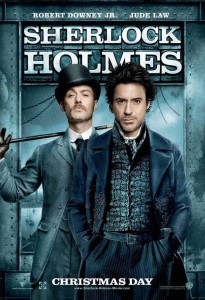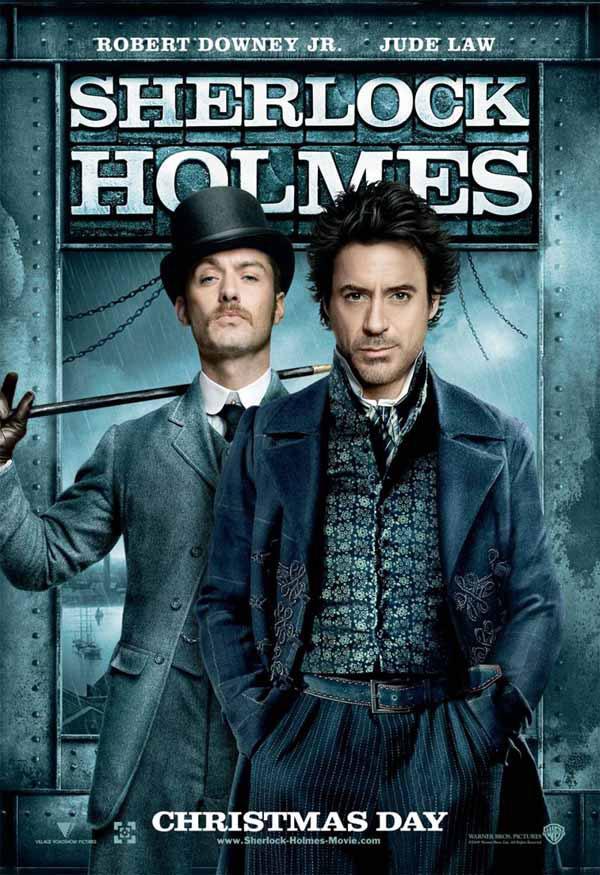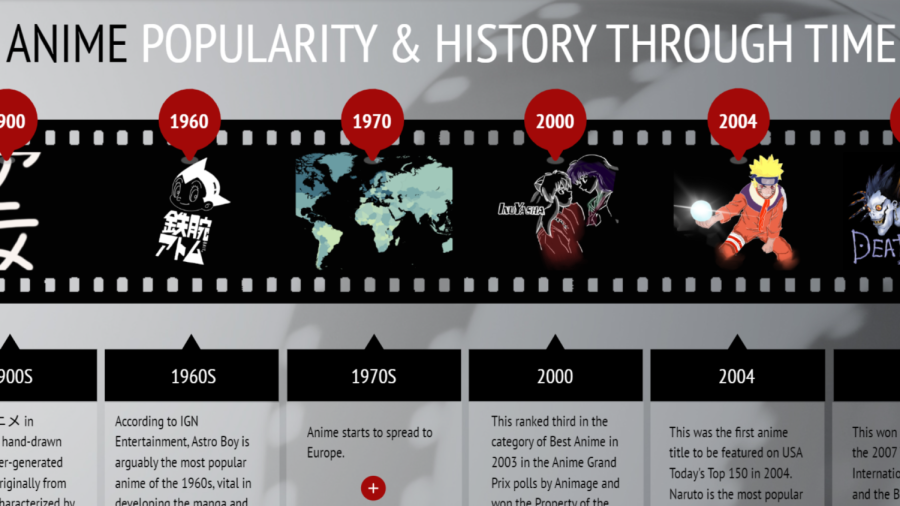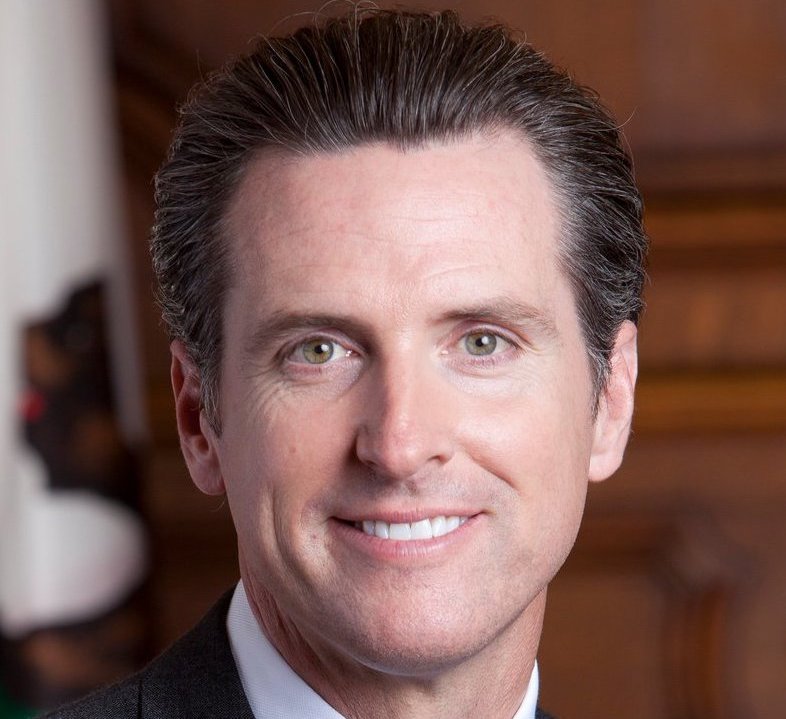 What Hollywood needs is a cold dose of the truth: too much of a good thing can be a bad thing. I speak, of course, about movie sequels.
What Hollywood needs is a cold dose of the truth: too much of a good thing can be a bad thing. I speak, of course, about movie sequels.
Now, this is not to say that all movie sequels should be ripped from the reels they were shot on and decimated in a fiery inferno. Oh, no. Not at all. Some sequels have gone on to be huge successes, both commercially and critically.
Take, for example, the recent “Sherlock Holmes” series. After the great acclaim of the first movie, the studio (and thankfully, the actors) decided to invest in a sequel: “A Game of Shadows.”
It has since received a general seal of approval, praised for exceeding the bar previously set by its predecessor. A high bar, for there really is nothing better than a shirtless Robert Downey, Jr.- unless it’s a shirtless Robert Downey, Jr. speaking in a British accent.
The sequel “Batman: The Dark Knight” had an added advantage of already having the whole “origin story” aspect out of the way, giving its writers room to explore new plotlines and characters. This led to the brilliance of Heath Ledger in the face-paint of the Joker, and quite possibly, one of the best superhero movies of the past decade.
In short: sequels sometimes work, and work well. That being said, the deciding factor for what constitutes the making of a sequel has been increasingly blurry in the past few years. Compiled here is a list of guidelines for when a movie deserves a sequel, and when it should be left alone.
One: The movie has to set itself up for a sequel. This may very well be the most important rule of all, as it effectively determines whether the sequel will succeed. Series like “Harry Potter” or “The Hunger Games” are obviously predetermined to have at least one sequel, but stories like the “Bourne” trilogy have still managed to succeed in stretching a storyline across a few movies.
Basically, if a movie can stand alone as its own story, it should ostensibly stay that way. Conversely, if a movie ends in a dramatic cliffhanger, leaving vital questions unanswered, a sequel should be made before the rabid fans begin breaking down the doors of the studio.
Two: PAY ATTENTION TO THE SUBJECT MATTER. No matter how much a movie makes in the box-office, or how many questions were left unanswered, the critical approval the movie receives should be a large factor in deciding whether a “Part 2” is in our future. A movie that is universally approved should have higher priority than one that is universally panned.
Three: The sequel should be noticeably different than its predecessor. An audience comes back to see a sequel because they enjoyed the characters and the premise. They don’t come back for the same movie over again.
Consider “The Hangover.” The first was an achievement in comedy- situational humor at its best. The second was a carbon copy of the first, to the point where it literally feels like the entire movie was simply picked up and dropped in the middle of Thailand. There is a certain virtue in giving people what they want, but not in ignoring any and all aspect of creativity.
Four: not all movies need sequels. Remember “Bridesmaids”? That hysterical R-rated comedy that showed the world that Kristen Wiig is a comedic goddess, and that Melissa McCarthy can play more than just the sweet, heavy girl? Writer and main actress Wiig has put her foot down, and refused to write a sequel.
Will this decision ruin the popularity of the movie? Will it destroy the careers of the main actors? Was it made to spite the directors, the producers, and the fans themselves? No, no, and no again. The reason Wiig has refused a sequel is that the movie is done. There is no need for a follow-up, no need for further adventures of the Bridesmaids.
Sequels can be fun, but it’s important to decide if one is necessary before signing a contract for “Part 2.”







